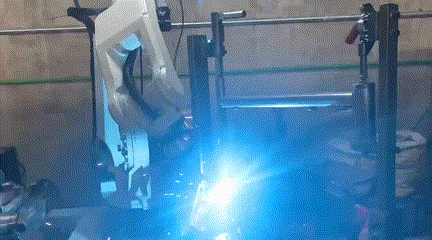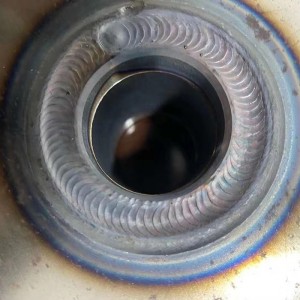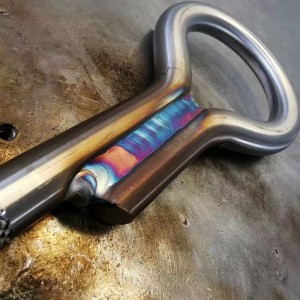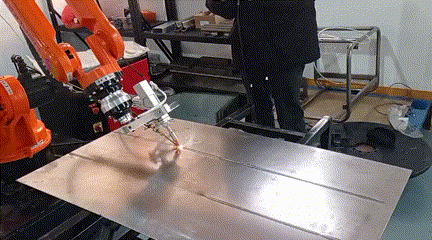Features of Industrial robot

1. Flexibility
2. Man-machine dialogue
3. Application Features


Application Technology Analysis of Welding Robot
1. Common development of robots and welding equipment
The development of the past few generations of robots has been based on the development of welding equipment to complete a number of welding-specific functions, such as gradual adjustment of welding parameters, intermittent wire filling welding using weaving synchronization technology during TIG welding, and arc welding sensors (arc welding). Tracking) function and welding real-time monitoring function, etc., are developed under the demand of welding process.
Similarly, welding equipment manufacturers have also made many improvements in the design of welding power sources in order to realize robot automatic welding. For example, the robot can detect the high voltage used in the position of the welding seam, and the welding power source is built-in; the communication interface with the robot On the one hand, many welding machine manufacturers have adopted a convenient and fast communication interface.
2. Application of welding robot in improving production efficiency
(1) Improve accuracy and ensure high-speed welding
The application of robots in production means the pursuit of high efficiency and high welding quality. Therefore, all robot manufacturers are seeking breakthroughs in welding speed, and the high precision of robots in trajectory control is a reliable guarantee for high-speed welding.
(2) Dual-machine coordinated welding function
Sometimes we encounter long workpieces, and the welds are distributed at both ends of the workpiece. If one robot is used for welding, the welding deformation will be inconsistent due to the different welding of the two ends at the same time, so that the workpiece will be twisted and deformed in the length direction. It is difficult for the welded workpiece to meet the size requirements. For this type of workpiece, we often use two robots to coordinate welding at the same time, which promotes the two-robot dual-machine coordinated welding technology. This technology is often used in the welding of automobile rear axles and mufflers.
2 robots correspond to 1 positioner driven by the external axis of the robot. There are two mirror-symmetrical parts on the workpiece placed along the length of the positioner. Two similar girth welds require two robots on the positioner. Simultaneous and coordinated welding can be achieved while rotating, in this way, the efficiency of welding production can be doubled.

Post time: Aug-04-2022




